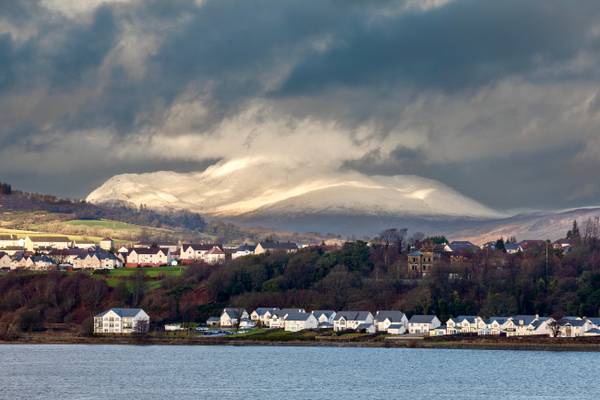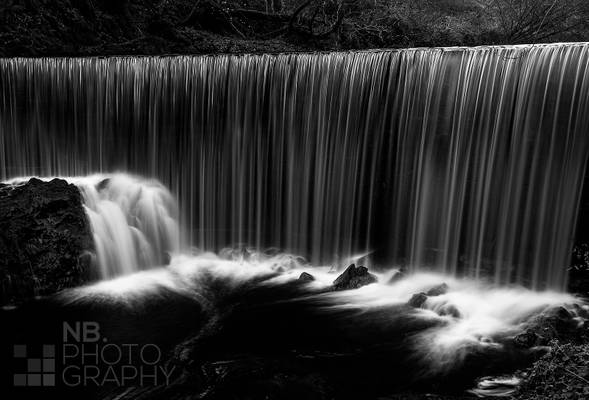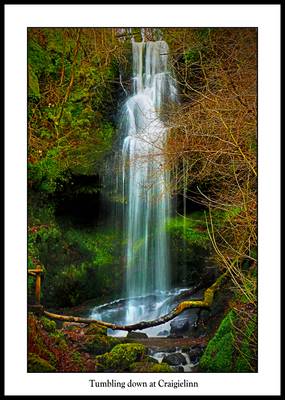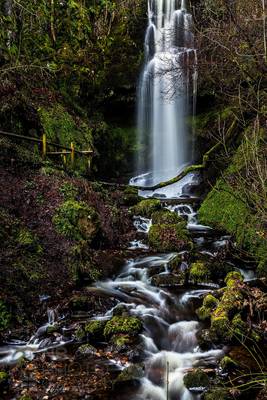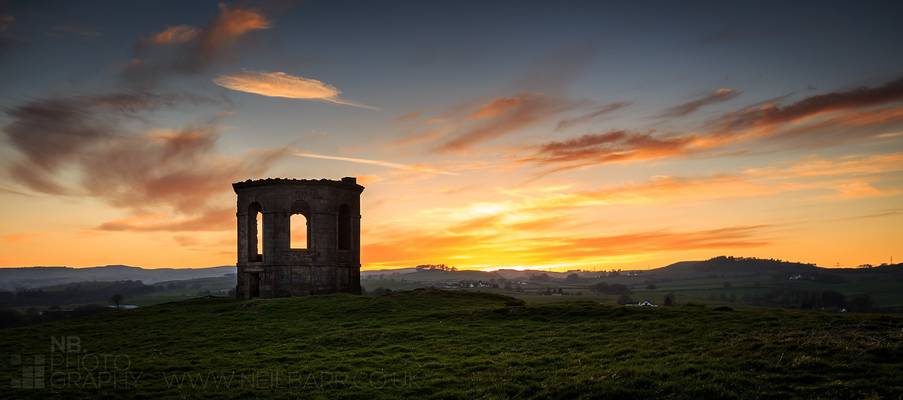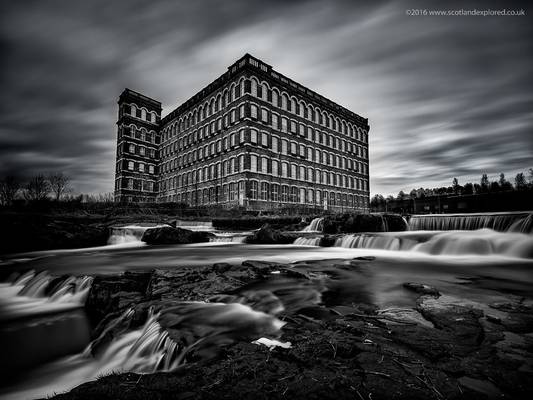
Renfrewshire

by Dee Eff
Anchor Mill in Paisley , Scotland, built in 1886. Once a thriving textile producing centre but no more, now converted into apartments.
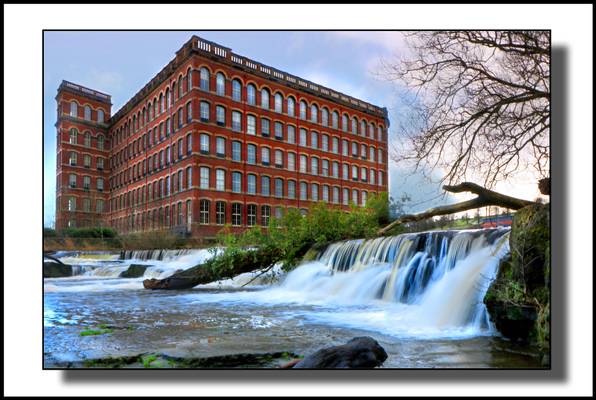
by The Jacobite
The "Hamills Waterfalls" part of the "River Cart" flows past the "Anchor Mills" built in 1886 now a Buisness Park and Housing Development as the river makes it's way through the Town of Paisley.
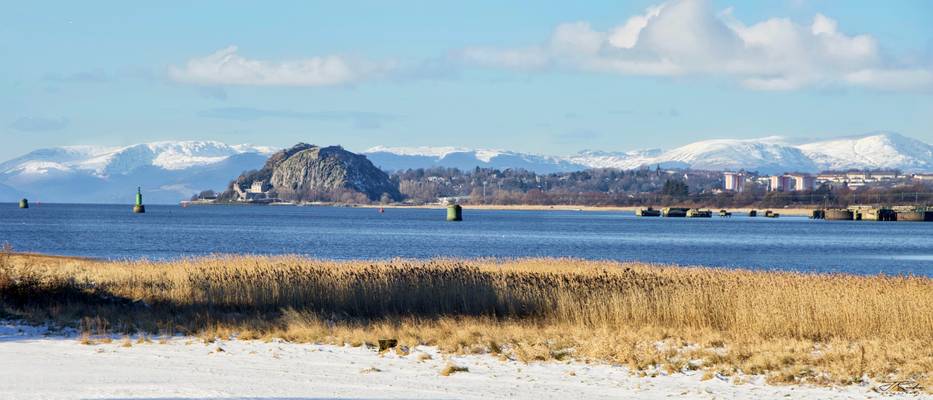
by The Jacobite
I suppose there are a lot of people like me at this moment in time (Lockdown) finding it difficult to get a new take on our daily outings due to travel restrictions, so on a recent walk on a rather chilly day I took this photo looking down the River Clyde towards Dumbarton Rock from my local shoreline here in Erskine, Scotland. I'm waiting on the day when I can legally drive to the far away mountains and enjoy a closer view of them in their snow clad condition, but I have a feeling that the snow will have gone by then.....Oh my!!!......

by The Jacobite
Formakin House, which is also known as the Monkey House, lies between Langbank and Houston, and has been an object of curiosity to Renfrewshire residents for years. The monkey reference relates to the stone monkeys adorning the roofs of the gatehouse and other buildings, some of which appear to be frolicking along the ridge of the roof. Many have been lost or removed over the years, however those on the gatehouse have survived intact. Within the main house, door lintels and fireplaces are also decorated with relief carvings of more monkeys.
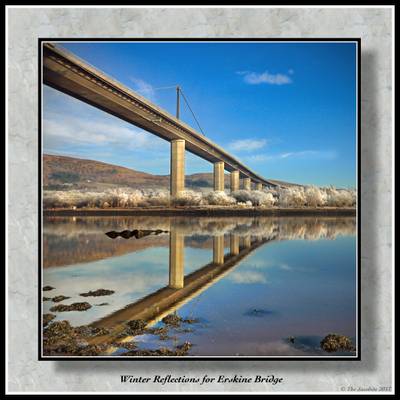
by The Jacobite
A Winter calmness creates a mirrored reflection of the Erskine Bridge on the River Clyde below it. The Bridge was opened in 1971 by HRH Princess Anne.
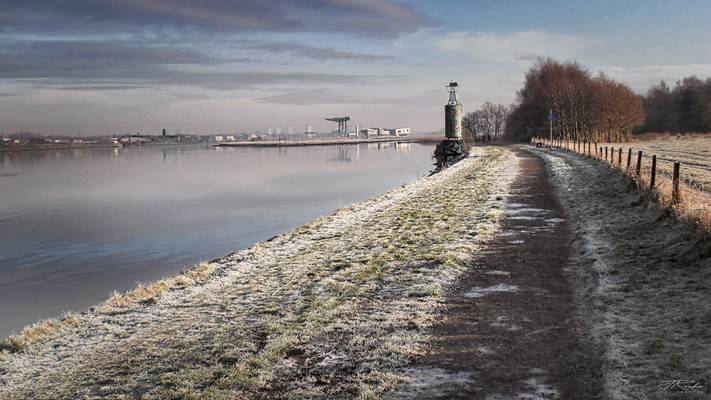
by The Jacobite
Park Quay light and the River Clyde walkway at Erskine Scotland. In the distance stands the Titan a 150-foot-high cantilever crane at Clydebank, it was designed for lifting heavy equipment during the fitting-out of battleships and ocean liners at the World famous John Brown’s shipyard. It was the world's first electrically powered cantilever crane, and the largest crane of its type at the time of its completion. The crane was used to construct some of the largest ships of the 20th century, including the Queen Mary, Queen Elizabeth and Queen Elizabeth 2. Also in the photo next to the crane is the new Clydebank College, taking centre place now in what was the original slipway of the shipyard.
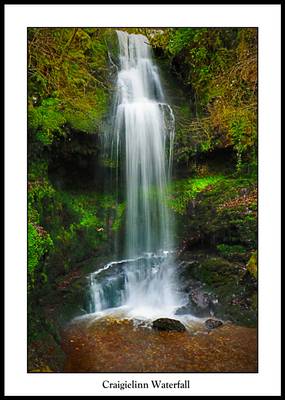
by The Jacobite
I didn't know about this waterfall in the Gleniffer Braes Country Park until a fellow flickr enthusiast "Ian Mackie" posted a photo of it recently, he very kindly gave me directions on how to get there, so I paid it a visit and these are my end results, Hope you like them.

by The Jacobite
Formakin House is an early 20th-century mansion within the Formakin Estate in Renfrewshire, Scotland. It is located just to the west of the village of Bishopton. Formakin House was designed by architect, Robert Lorimer for wealthy businessman John Holms,. Lorimer produced designs for the house in 1909, in the style of a 17th-century Scottish tower house. The shell of the house had been completed by 1913, when work stopped as Holms had lost money on a bad speculation, and a fall from a horse supposedly upset his mental balance, further work was carried out in 1920, but the house was never completed. When Holms died in debt in 1938, Formakin was sold to the Bradford-born entrepreneur Albert Ernest Pickard, owner of the Britannia Panopticon among other Glasgow ventures. By the 1970s the buildings and grounds were derelict. After Pickard died the Renfrew District Council campaigned to save the estate, eventually purchasing it in 1984 with funding from the National Heritage Memorial Fund. Formakin was operated as a visitor attraction for a time, and plans were made to redevelop the buildings and grounds. The venture was not successful, so between 1988 and 1999 the estate buildings were restored and converted into 17 dwellings by Country House developer Kit Martin.
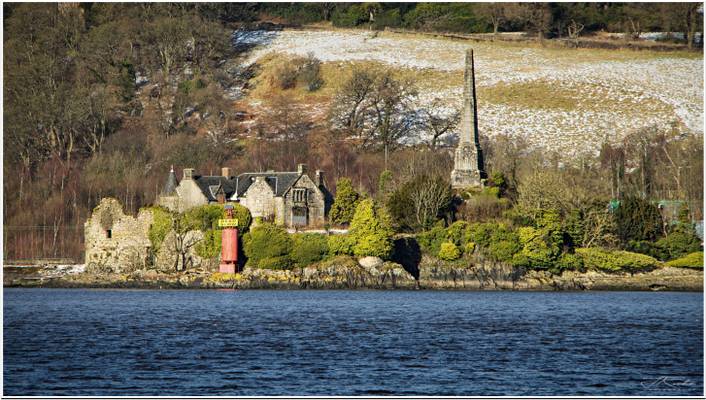
by The Jacobite
Dunglass Castle is thought to have been built some time in the 14th century, although it’s early history isn’t known. However in 1439 it was granted to Sir John Colquhoun who was beaten in a skirmish with the MacFarlanes of Arrochar in 1592 and fled to Bannachra Castle where he was killed by an archer who fired an arrow through a window. From 1893 until 1899 the designer Talwin Morris owned and lived at Dunglass Castle, and carried out some work on the interiors. In 1899 he sold the property to his best friend Charles Macdonald, the lawyer brother of the artist Margaret Macdonald who would later marry Charles Rennie Mackintosh who designed the interiors, in particular the drawing room and dining room.
The obelisk erected in 1838 is a Monument to Henry Bell who designed the paddle-steamer Comet. Launched at Port Glasgow in 1812, it provided the first regular steamship service on the River Clyde and paved the way for the Clyde’s place as a centre of shipbuilding and marine engineering.
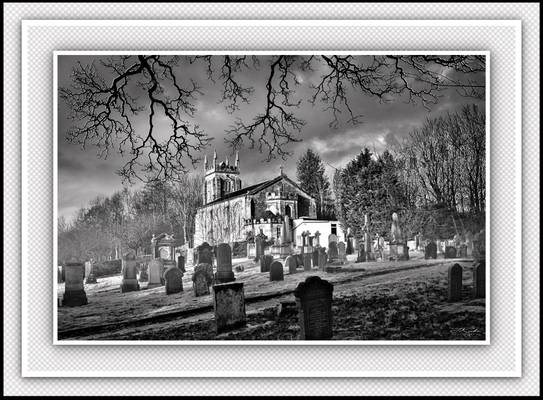
by The Jacobite
Bishopton Parish Church was built around 1813, though a earlier church stood on the site when the Abbey of Paisley founded a church here as far back as the 12 Century because at that time it lay on the northern pilgrimage route to the Isle of Iona on the west coast of Scotland.

From Langbank looking across the River Clyde to the town of Dumbarton with Ben Lomond beyond

by The Jacobite
A view across the River Clyde towards Dumbarton Rock and Castle with the snow capped Ben Lomond, Scotlands most southernly Munro (mountain over 3000ft) dominating the background. The main building which can be seen on the Rock is the Governor’s House with the Guard House just above it. Dumbarton Castle has the longest recorded history of any stronghold in Scotland and It overlooks the Scottish town of Dumbarton, and sits on a plug of volcanic basalt created over 330 million years ago and is 240 ft high. It has played host to the Pict’s, early Brittons, Romans, Viking’s, Mary Queen of Scot’s and Oliver Cromwell, to mention just a few.
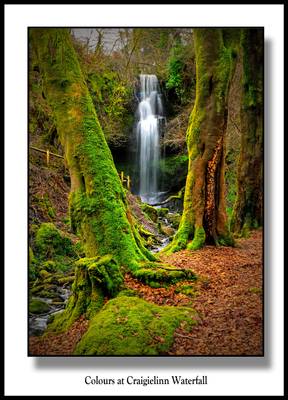
by The Jacobite
The waterfall is located within the Glen Park area of the Gleniffer Braes Country Park, Paisley. The waterfall has a drop of approx 26ft and is part of a tributary of the White Cart river.
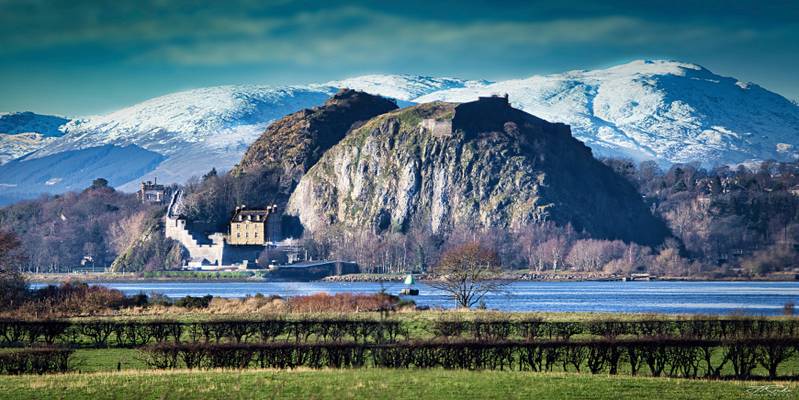
by The Jacobite
A view across the River Clyde to the guardian of the river, the majestic "Dumbarton Rock" with the snow clad peaks of the "Lomond Mountains" in the background.

by The Jacobite
Private gardens to the rear of Formakin House
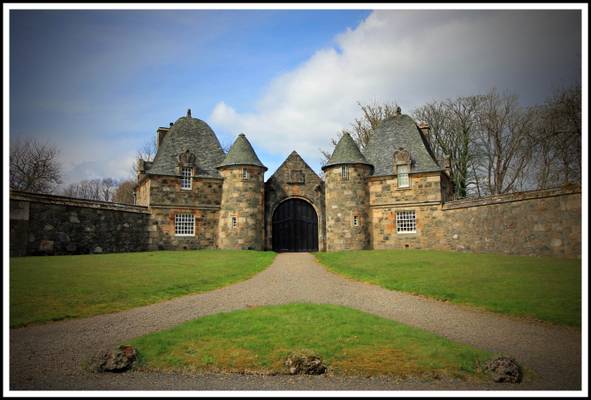
by The Jacobite
The gate lodges are topped with stone monkeys, earning the local nickname "The Monkey House".

After driving all the way to Loch Lomond where it just rained, I passed by here on the way home. Paisley's looking good tonight!
This is the old...
Thanks to all Phoide contributors to Renfrewshire!
Most notably The Jacobite and Dee Eff.
